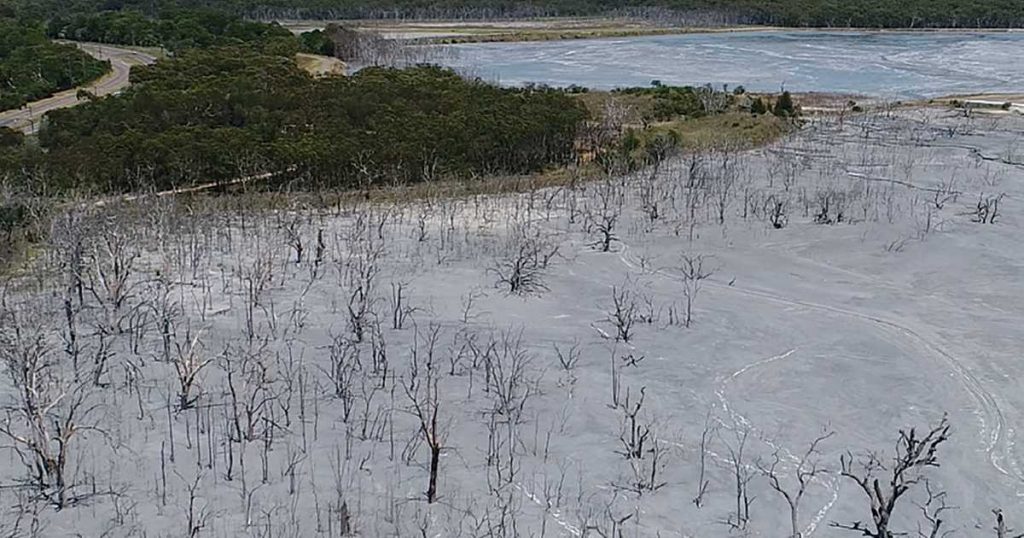One of Australia’s biggest waste problems – coal ash – presents a huge risk to human and environmental health states a new report.
Environmental Justice Australia (EJA) says there are a number of communities across the nation facing serious risks from poorly managed coal ash, the waste product produced by burning the problematic little black (or brown) rock.
“Lax government regulation and poor management of coal ash dumps has led to the contamination of groundwater, rivers, lakes and aquatic ecosystems as well as toxic air pollution from dried out dumps,” says report author and Environmental Justice Australia lawyer Bronya Lipski. “Communities closest to coal-fired power stations bear the greatest health and environmental burden.”
Coal ash accounts for up to 20% of Australia’s waste stream and contains heavy metals/pollutants including mercury, lead, arsenic, selenium and chromium. While a portion of it is reused in applications such as replacing some cement in concrete mix, the majority of it is dumped into huge dams.
It’s estimated around 60 million tonnes of coal ash just from Vales Point and Eraring power stations in New South Wales is held in two dams constructed over wetlands on the shores of Lake Macquarie; and there are plenty of other sites – operational or otherwise – across Australia.
EJA says most Australian power stations dump their ash in the “most environmentally harmful way” in the form of wet sludge into mainly unlined dump sites or directly into mines, resulting in a “ticking time bomb” scenario. Keeping tabs on the situation is difficult, with access to information about ash dumps being very limited.
While EJA claims there is no safe way to dispose of the stuff, it states the less harmful method involves keeping the ash dry in a properly lined dump site, well away from surface and groundwater.
Solar Lipstick On A Pig?
Old coal power station ash dams are potentially very good sites for solar energy production.
The report makes mention of a solar farm project at Vales Point Power Station. Putting solar power on “brownfield” sites such as an old ash dam at Vales Point sounds like a really good thing, but according to EJA the Environment Assessment for the project says little about site rehabilitation activities to occur before the solar panels will be installed.
“The site has been filled and capped, however the potential for the toxic waste to leach through the ground and into water tables has not been addressed.”
While clean power will be generated above ground level, the legacy of coal power may continue to work away below.
The best way to avoid coal ash problems is to stop creating it, but the threat from existing dumps will remain. The report makes a series of recommendations for better managing the risks that coal ash poses.
A summary of EJA’s “Unearthing Australia’s Toxic Coal Ash Legacy” can be viewed here and the full report here.


 RSS - Posts
RSS - Posts



Speak Your Mind